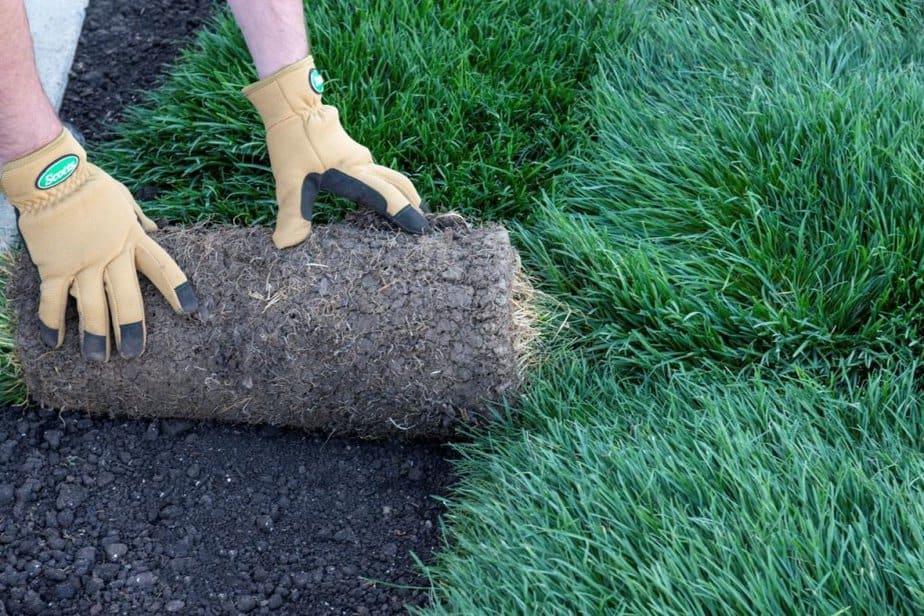Introduction
Laying sod over existing grass can be a convenient way to rejuvenate your lawn, but it requires careful preparation to ensure success. In this guide, we’ll take you through the essential steps and considerations for laying sod over an existing lawn.
Advantages of Laying Sod Over Existing Grass
- Reduces the amount of work compared to removing the old grass.
- Utilizes healthy existing grass for a thicker appearance.
- Can save time and money.
Considerations Before Starting
Before you begin laying sod over existing grass, evaluate your lawn’s condition and needs:
- The presence of weeds can be problematic.
- Existing grass can delay new root establishment.
- Adding extra height to your lawn may create uneven surfaces.
Step-by-Step Guide
Preparation
- Mow the Existing Grass: Trim the existing grass as short as possible and remove any debris like rocks, sticks, or branches.
- Aerate the Soil: Thoroughly aerate the soil to level the surface and eliminate any loose grass or weeds.
- Water the Existing Lawn: Ensure the soil is damp but not overly saturated to create a suitable base for the new sod.
Laying the Sod
- Start with a Straight Edge: Begin by laying the first row of sod along a straight edge, such as a sidewalk or driveway.
- Lay Sod Pieces: Unroll the sod, ensuring there are no gaps or overlaps between pieces. Trim the edges to fit your lawn’s shape.
- Stagger Rows: In subsequent rows, stagger the sod pieces like bricks to avoid aligning seams, creating stability and aesthetics.
- Compact the Sod: Use a lawn roller or walk over the sod to eliminate air pockets and promote root growth.
- Water Thoroughly: Immediately water the newly laid sod to settle it, aiming for soil moisture at a depth of 4-6 inches.
Filling Gaps and Overseeding
- Sprinkle Topsoil: Optionally, sprinkle a thin layer of topsoil over the lawn before laying the sod to help root survival.
- Grass Seed: If there are dead spots, spread topsoil and grass seed over them.
Fertilizing Newly Laid Sod
- Choose the Right Fertilizer: Select a high-quality, slow-release granular fertilizer with a balanced ratio of nitrogen, phosphorus, and potassium. Additionally, consider exploring specialty fertilizers tailored to specific plant needs for optimal growth and health.
- Follow Package Instructions: Carefully follow the fertilizer’s packaging instructions for application rates.
- Evenly Apply Fertilizer: Sprinkle the fertilizer evenly over the entire area of the newly laid sod.
- Water After Fertilizing: Water the sod thoroughly after applying the fertilizer to help it penetrate the soil and prevent burning.
- Regular Watering: Follow a regular watering schedule based on specific sod recommendations, ensuring moist but not soggy soil.
Maintenance
- Avoid Walking on Sod: Refrain from walking on the newly laid sod until it has firmly rooted, usually taking 2-3 weeks.
- Follow Additional Care Instructions: Adhere to any care guidelines specific to the type of sod you’ve installed.
Conclusion
Laying sod over existing grass can be a practical way to rejuvenate your lawn, provided you follow these steps diligently. Remember that proper preparation and maintenance are key to achieving a lush and vibrant lawn. Stay tuned for follow-up videos to see how well your sod thrives and subscribe to our channel for the latest updates in lawn care. Let’s roll!



















Follow Us